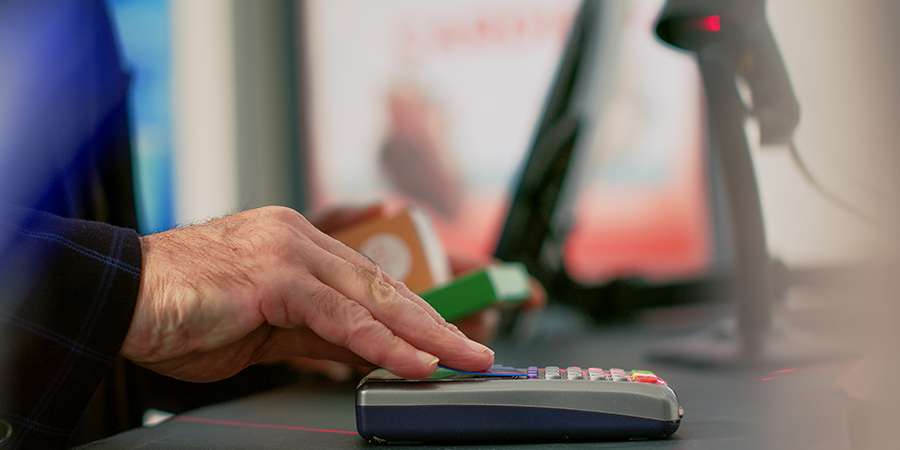What are the characteristics of different types of scanners?
1. Question: How to differentiate between different scanners?
Answer:
-
Resolution For barcode scanning systems, resolution refers to the correct detection of the width of the narrowest bar of the barcode, abbreviated as MBW (MINIMAL BAR WIDTH). When selecting a device, it's essential to choose a scanner with a resolution that matches the barcode density used in specific applications. If the selected device's resolution is too high, it may be more affected by dirt or ink on the barcodes.
-
Scanning Depth Scanning depth is the range within which the scanner head can reliably read barcodes. It's the difference between the farthest distance the scanner head allows from the barcode's surface and the closest distance the scanner head can be to the barcode. Some devices provide a scanning distance rather than a scanning depth.
-
Scanning Width Scanning width indicates the physical length of barcode information that the scanning beam can read at a given scanning distance.
-
Scanning Speed Scanning speed refers to the frequency at which the scanning beam scans the barcode along its trajectory within a unit of time.
-
First-Read Rate The first-read rate is the ratio of the number of labels read on the first scan to the total number of scanned labels. For example, if it takes two scans to read the information from one barcode label, the first-read rate is 50%. Achieving a 100% first-read rate is often not feasible due to various factors.
-
Error Rate Error rate is a crucial test indicator reflecting the system's incorrect label recognition. It's the ratio of the number of misidentifications to the total number of identifications. In the context of a barcode system, a high error rate is a more severe issue than a lower first-read rate.
2. Question: What are the commonly used barcode reading devices, and what are their features?
Answer: Generally, barcode readers are divided into two categories: red light (red LED) and laser (laser diode). Red light scanners have shorter reading distances and can't read larger barcodes. Laser scanners, on the other hand, have a longer scanning range and can read large, high-density, and regular barcodes. Laser scanners also have a faster scanning speed. Currently, laser barcode scanners are the most commonly used in the market. For pricing information, please inquire directly.
3. Question: How are barcode scanners generally classified?
Answer: Barcode scanners are classified based on the type of barcodes they can read. They include one-dimensional (1D) barcode scanners and two-dimensional (2D) barcode scanners. 1D scanners can't read 2D barcodes, while 2D scanners can read both 1D and 2D barcodes. Based on the type of scanning head, 1D scanners can be further divided into laser scanners and CCD (Charge-Coupled Device) scanners, while 2D barcode scanners are image-based.
4. Question: What are the categories of barcode scanners?
Answer: Barcode scanners can be categorized into CCD scanners and laser scanners.
5. Question: What are the characteristics of CCD scanners?
Answer: CCD scanners are low-cost products with limited scanning depth. They are capable of directly reading Chinese postal codes. There are longer-range CCD scanners available to overcome the limitation of short scanning depth, but they tend to be more expensive, falling somewhere between CCD and laser scanners in terms of pricing.
6. Question: What are the characteristics of laser scanners?
Answer: Laser scanners offer fast scanning speeds, a longer scanning range, and a low error rate. They come in various types, such as gun-shaped, platform, and overhead scanners, making them suitable for different needs. Laser scanners are considered mid to high-range products.
7. Question: What are the interface options for scanners?
Answer: There are three main interface options for scanners:
-
Keyboard Interface: Data scanned from barcodes is directly input into the computer through the keyboard interface. This method doesn't require driver software and is operating system-independent. It can be used directly on various operating systems without the need for external power.
-
Serial Interface: Data from scanned barcodes is input via the serial interface, and it may require driver software or direct reading of serial data. This method typically requires an external power source.
-
TTL (Transistor-Transistor Logic) Interface: Scanning barcodes provides TTL-level output, which needs additional decoding circuits and cannot be used directly.





